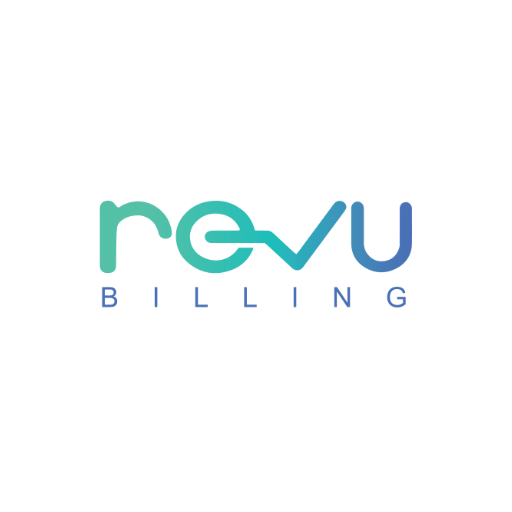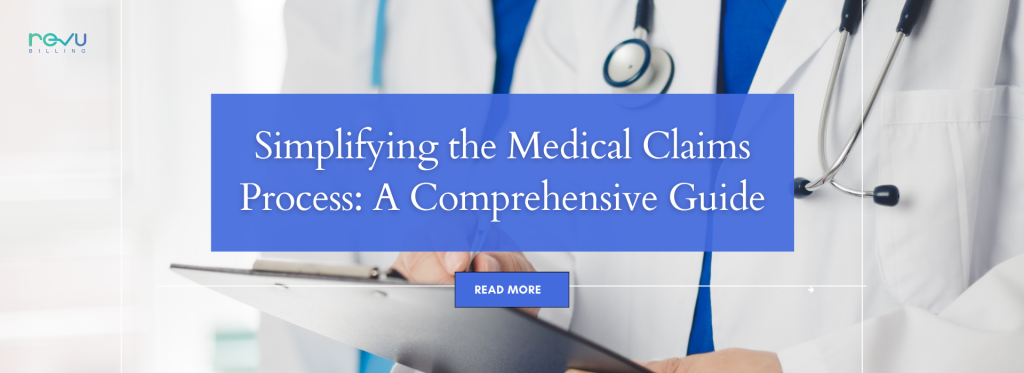The journey of a medical claim begins with patient registration, a critical step where healthcare providers collect essential personal and insurance information from patients. This initial information-gathering stage is crucial as it sets the foundation for all subsequent steps in the claims process.
Following patient registration, the next step involves verifying the patient’s insurance eligibility. This step is vital to confirm the patient’s coverage and to understand the benefits they are entitled to under their insurance plan. It helps in identifying the services covered and any copayments or deductibles that the patient might be responsible for.
Accurate and thorough documentation of the medical services provided forms the cornerstone of the claims process. This step involves meticulously recording all the treatments and procedures performed, as they are the basis for the claim submitted to the insurance company.
Medical coding is the process of converting the healthcare services documented into standardized codes. These codes are essential for billing and are used by insurance companies to determine the amount to be reimbursed.
Healthcare providers submit these coded claims to insurance companies, either electronically, which is faster and more efficient, or via paper submissions. Understanding the nuances of different insurance providers’ requirements is key to smooth claim submission.
For small practices, the integration of advanced technology such as medical billing software and Electronic Health Record (EHR) systems is a game-changer. These technologies streamline the documentation and coding process, enhancing both accuracy and efficiency.
Outsourcing routine tasks like eligibility verification and claims status checks can significantly lighten the administrative load for small practices. This allows healthcare providers to focus more on patient care rather than getting bogged down by paperwork.
Providing comprehensive training in medical billing and coding is crucial. A well-trained team is more proficient in navigating the complexities of the claims process, leading to fewer errors and rejections.
Effective communication within the healthcare team and with insurance companies and patients plays a pivotal role in the smooth processing of claims. Clear communication channels help in reducing misunderstandings and streamlining the flow of information.
Establishing a collaborative relationship with insurance companies can provide valuable insights into their processes and requirements, facilitating more efficient claim processing.
Developing clear and well-defined SOPs is essential for ensuring consistency and efficiency in the medical billing process. These procedures guide the staff through each step of the process, reducing errors and inefficiencies.
Incorporating predictive analytics in medical Revenue Cycle Management (RCM) can be instrumental in anticipating potential issues, thus improving the success rate of claims.
Implementing efficient documentation practices ensures that all necessary information is captured accurately, aiding in the coding and billing process. Well-organized documentation is crucial for successful medical billing.
Adopting a culture of continuous improvement is vital for the ongoing development and efficiency of medical billing services. Regularly reviewing and adapting processes based on performance metrics and feedback is key to staying ahead in the ever-evolving healthcare industry.
The medical billing cycle includes several key steps, each critical to the success of the process. From patient pre-registration to the management of claim denials and appeals, each step must be executed with precision and attention to detail.
Gathering comprehensive demographic and insurance details at the beginning is vital. This step sets the tone for the entire billing cycle.
Request references from current or past clients of the billing service. Additionally, explore online reviews and testimonials to gather insights into the experiences of other healthcare providers. Positive feedback and success stories can provide valuable assurance.
Updating personal and insurance information at the time of patient check-in is crucial. This step also involves managing any immediate financial aspects of the patient’s care.
Accurately recording all services provided during the patient’s visit is essential. This detailed documentation forms the basis of the billing process.
Medical coding involves converting the services documented into standardized billing codes. This step is crucial for accurately billing the insurance company.
Associating the correct fees with the corresponding codes in the billing system is a key step in the process. Accuracy in charge entry is vital to ensure correct billing.
Submitting well-documented claims to insurance companies is a significant step in the process. It marks the transition from healthcare provider to payer.
Insurance companies undertake a rigorous review of the claims to ensure adherence to their policies and guidelines.
Processing payments involves updating patient accounts in the billing software and managing the financial transactions associated with the claim.
Efficiently handling denied claims is a critical aspect of medical RCM. This step involves carefully managing and potentially appealing denied claims to ensure rightful reimbursement.
Simplifying the medical claims process is a multifaceted endeavor that requires a combination of technology, education, effective communication, and collaboration. This is especially important for small practices, where resources are limited and the administrative burden can be significant.
By streamlining this process, small practices can ensure efficient and error-reduced medical billing services. This not only contributes to their financial health but also enables them to focus more on providing quality patient care. As the healthcare landscape continues to evolve, staying abreast of changes and continuously improving the claims process will be key to the success of healthcare providers.”




